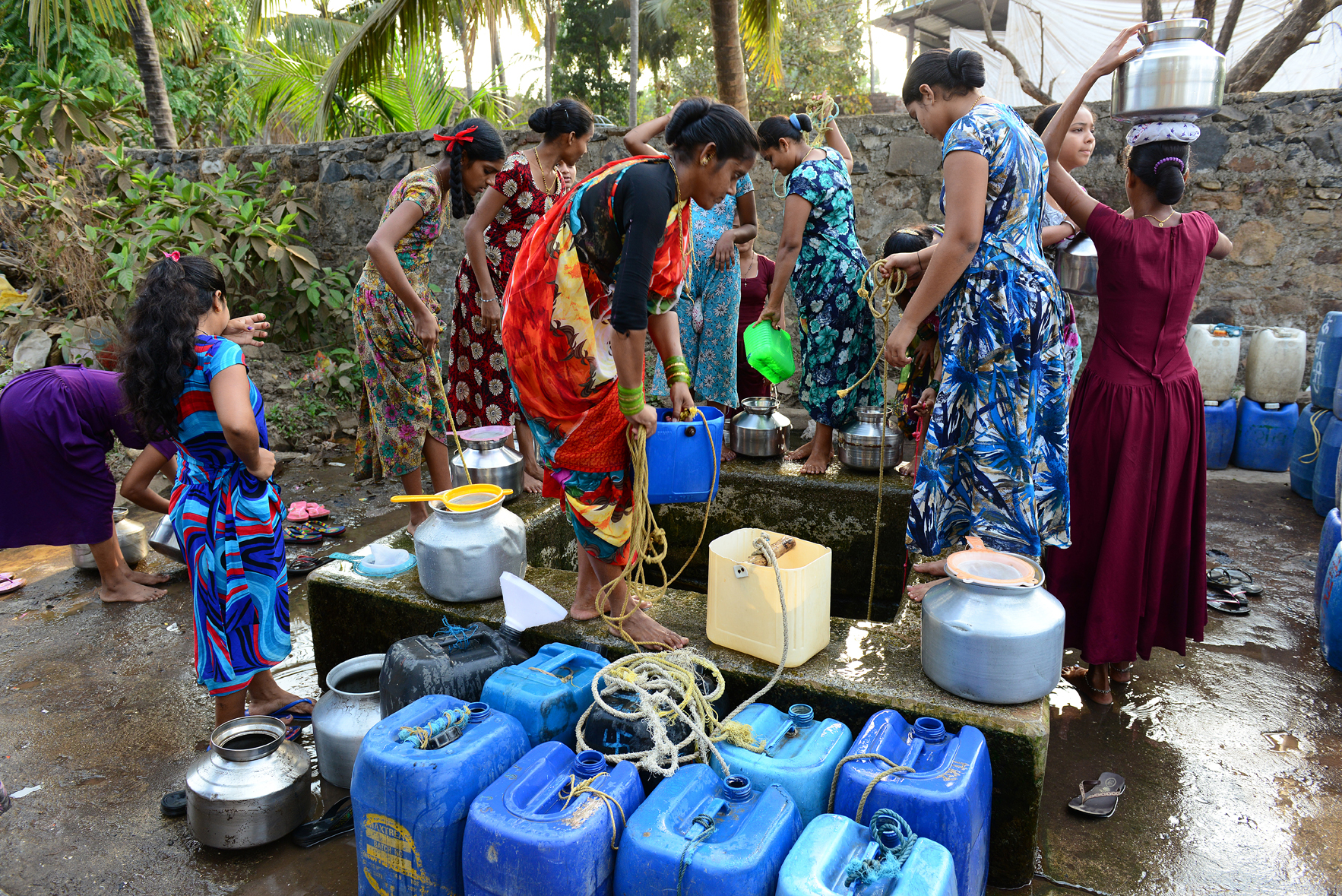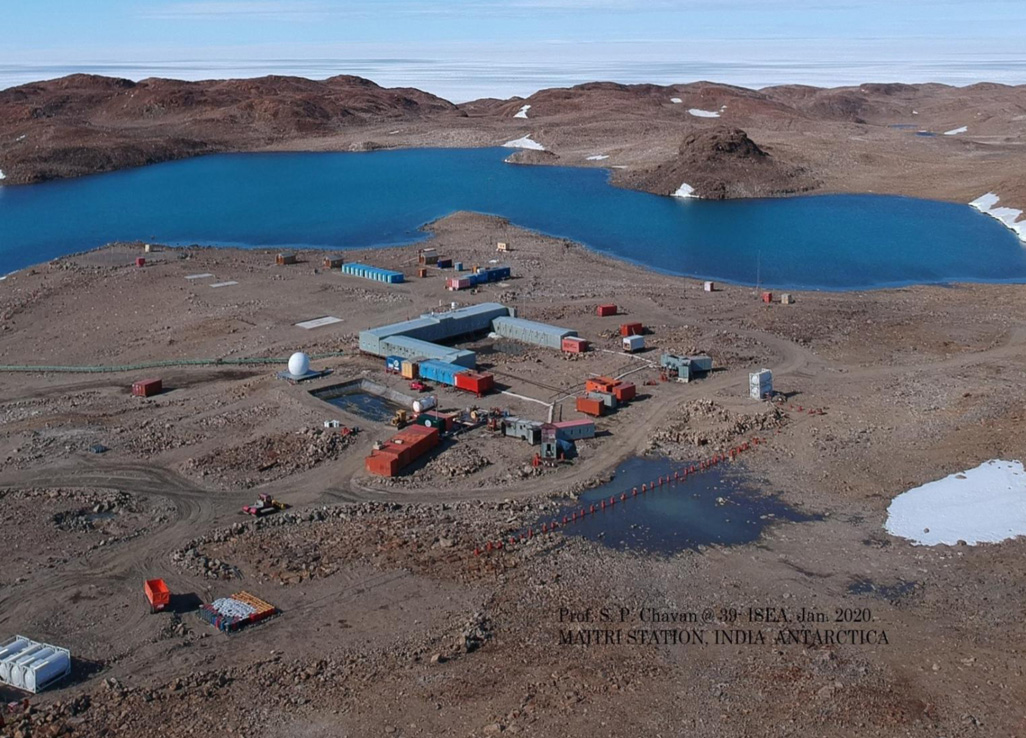Conserving India’s Groundwater
Published: Jul 31, 2015
Published: Jul 31, 2015

Women thronging near a well in Vasai. As per the May 2012 report of the Groundwater Survey and Development Agency Maharashtra, many regions of the State are experiencing a groundwater decline of over 1 m.
Keep reading with one of these options :
